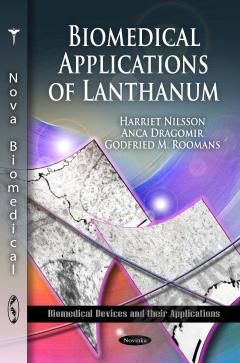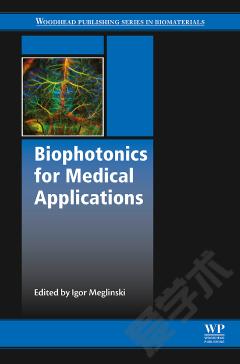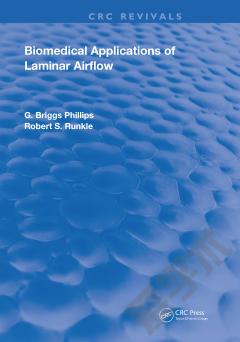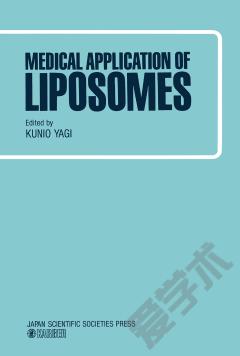Biomedical Applications of LanthanumRUSH
Lanthanum has been used as a tracer to study tight junctions in epithelia by transmission electron microscopy. The key function of the tight junction complex (TJC) is to limit the paracellular permeability by forming a selectively permeable barrier between the apical and basolateral compartment of the extracellular space. Impaired regulation of the TJC causes a variety of diseases, such as autoimmune diseases, cancer development, infections, allergies and asthma. The advantage of lanthanum as an opaque probe is its small ionic radius (0.11 nm), compared to alternative methods, such as radioactive isotope techniques using extracellular tracers and light microscopy techniques with larger polar molecules. This book presents a variety of biomedical applications of lanthanum.
{{comment.content}}








 京公网安备 11010802027623号
京公网安备 11010802027623号